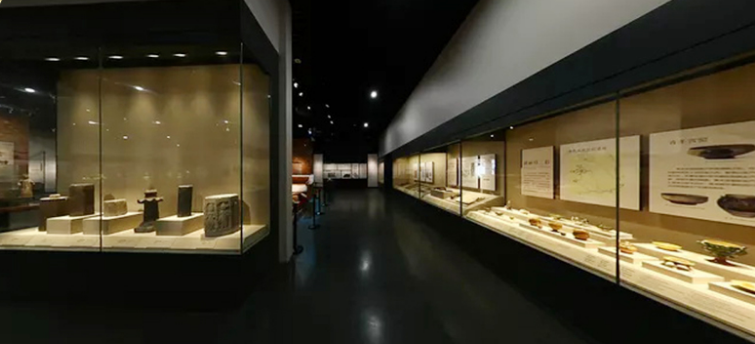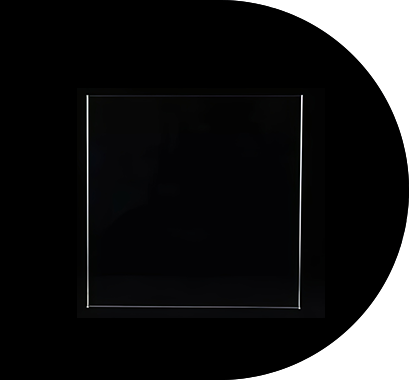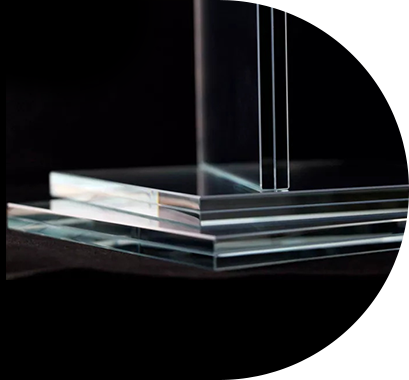Glass, a time-honoured, stable and reliable material, plays an important role in areas such as decoration and optical instruments. In museum display cases, glass plays a key display, protection and security function. With the advancement of technology, the research and development of museum display case glass continues to improve its performance, evolving from ultra-white interlayer glass to low-reflective interlayer glass, which provides a better solution for the protection and viewing of cultural relics.

I. Properties of museum display case glass:
1. Accurate size and sealing: museum display case glass is precisely processed to ensure the sealing of the whole display case to avoid the intrusion of dust and moisture.
2. High Transparency: Through a high level of dust-free control and special treatment, the museum display case glass has desirable transparency, which ensures that viewers get a good viewing experience.
3. UV filtering: museum display case glass can adjust the UV transmittance rate, effectively preventing the erosion of harmful light on cultural relics.
4. Intrusion prevention function: museum display case glass adopts a laminated structure, which enhances the safety of cultural relics and provides certain protection against theft and destruction.
Second, the advantages of museum display case glass:
1. durability and safety: museum display case glass consists of laminated glass made of double glass, which has strong durability and safety, and can protect cultural relics from accidental shattering.
2. ultraviolet filtering: museum display case glass can effectively filter ultraviolet rays to prevent fading and damage to the surface of cultural relics.
3. accurately restore the colour of cultural relics: The museum display case glass contains iron, which can accurately restore the original colour of cultural relics, and show the art of making cultural relics.
4. desirable display effect: museum display case glass has high light transmittance and low reflectivity, which can provide a clear and non-disturbing viewing experience.
5. High-quality processing: the museum display case glass is precisely cut and tightly integrated with the shelves, which improves the sealing and aesthetics of the display case.
6. Convenient to clean: the glass surface of the museum display case is specially treated to prevent fingerprints and dirt from adhering, reducing the burden of cleaning.
Third, the removal method of excess glass glue:
1. unhardened glass glue: use household detergent, spread it on the glass glue, wait a few minutes, and wipe gently with a rag to remove.
2. has been hardened glass glue: the use of a single-edged or hobby knife gently scraped, but need to be careful to avoid scratching the surface of the glass.
3. wet towel wipe: use a wet towel to gently wipe the glass adhesive, to prevent damage to the glass and display case surface.
4. Organic solvents: For glass adhesives that are difficult to remove or adhere to for a long time, you can use some organic solvents such as alcohol or petrol to dissolve and remove them.
Conclusion:
The features and benefits of museum display case glass make it ideal for museum artefact conservation and display. By employing features such as high transparency, UV filtration, and safety and durability, museum display case glass can provide desirable viewing and artefact protection. At the same time, excess glass adhesive can be removed by appropriate removal methods to maintain the aesthetic and functional integrity of the display case.





